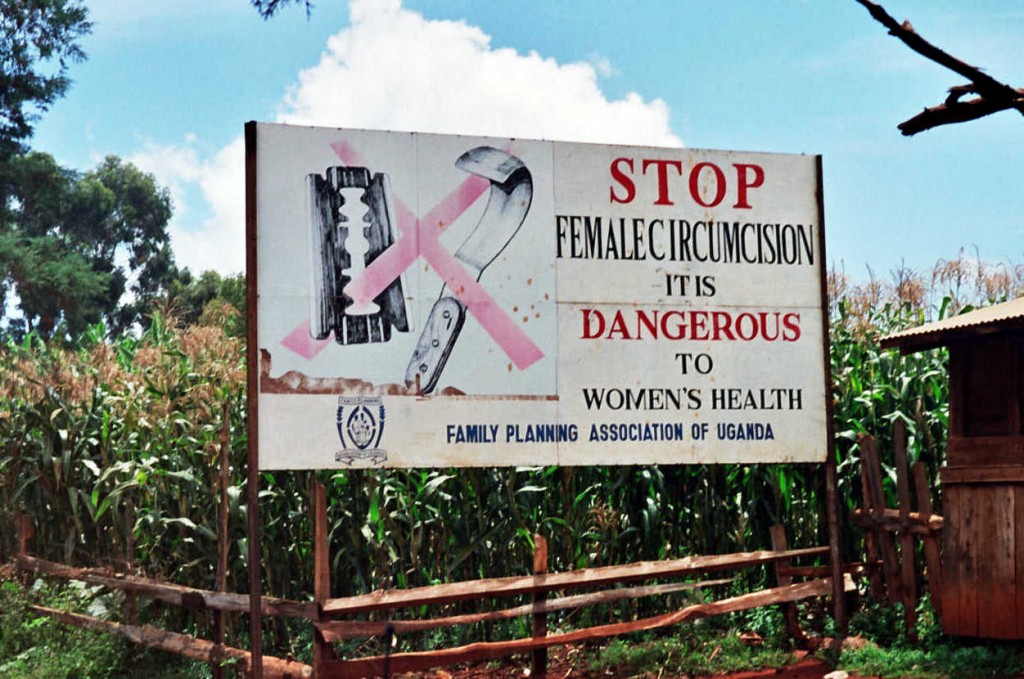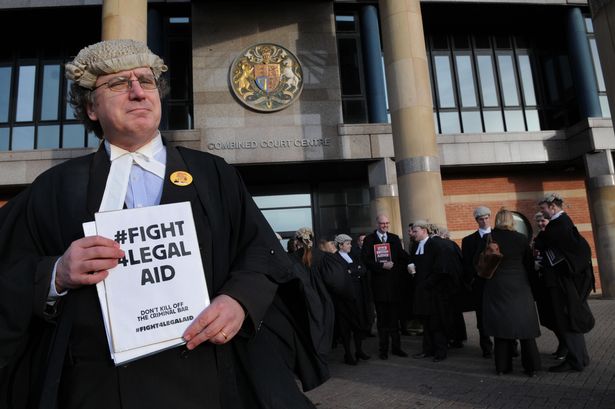Dr. Nikki Godden (Lecturer in Law, Newcastle Law School) – nikki.godden@newcastle.ac.uk
This post was first published on Inherently Human: Critical Perspectives on Law, Gender and Sexuality
Chris Grayling, the Justice Secretary, has announced that the Government is ‘very open to having a serious discussion’ about the problem of revenge porn, in response to the call from Maria Miller, former Culture Secretary, for a change in the law to address the ‘appalling’ practice ( Justice Questions, House of Commons, 1 July 2014 : Column 745). This ‘appalling’ practice, whereby men (most commonly) distribute intimate and sexual images or videos of women (usually partners or ex-partners) on the internet without consent, is becoming more prevalent in the UK. And the effects of revenge porn upon its victims can be significant. Media reports highlight that victims have experienced personal and professional degradation and humiliation which have, in some cases, led to suicide.
The gender dimensions to revenge porn cannot be ignored. First, revenge porn is typically not an isolated abusive incident in a relationship but rather is one – albeit relatively new – method of control and violation in a wider context of domestic violence (see Scottish Women’s Aid’s Briefing Stop Revenge Porn on this point). Secondly, the fact that it is by far more common for men to distribute images/videos of women and girls contributes to and entrenches the sexual objectification of women, the sexualisation of young people, and gender inequality more generally. As such, it is important that the Government address this growing problem. It seems that the way it will do so is to consider creating a new criminal offence, or amending existing sexual offences to capture all instances where pornography is distributed without the subject’s consent. However, while further criminalisation may be helpful, the focus should be on preventing revenge porn by better regulating internet behaviour, which is a dimension of resolving this developing problem that has typically been absent from public discussions and proposed responses.
It is fair to say that current criminal laws do not properly capture revenge porn, although some can and have been used to tackle the problem. For example, victims can pursue a criminal and civil case against the person who uploaded/published the image for harassment (Protection from Harassment Act 1997). Or, where the victim is a child, the published, distributed or possessed image/video will be classed as child pornography which attracts criminal liability (Protection of Children Act 1978, s 1; Criminal Justice Act 1988, s 160). However, current offences are not designed to address the problem of ‘revenge porn’, leading to doctrinal difficulties (eg proving a ‘course of conduct’ for harassment (Protection from Harassment Act 1997, s 7(3), (4)), and conceptual issues (for example, the offences of distributing or possessing child pornography do not capture the abuse the individual suffers). Stemming from similar concerns, new criminal offences have been created in some states in America (for example, New Jersey, Texas, Utah, Wisconsin, New York, Maryland, and California), Israel, and some Australian jurisdictions, while other countries, such asCanada, Brazil, and Japanare currently considering similar solutions.
Nevertheless, there are significant limitations to existing and new criminal offences where the remedy is directed at the person responsible for uploading the image. It is likely that in many cases it will be difficult to prove that a particular individual posted the image or video on the website, meaning a criminal or civil case may be unsuccessful. Evidence is lacking to prove that crime and punishment have a deterrent effect; and in relation to gender-based crimes, scholars and activists have argued for a long time that law reform alone is insufficient to prevent such crimes. Another point here is that women will be reliant on police taking complaints of revenge porn seriously, and responding appropriately. But as with rape, for example, it is likely that victim-blaming attitudes will influence decision-making in the criminal justice system, inhibiting the effective implementation of laws addressing sexual abuse. The view expressed by Hunter Moore, founder of IsAnyOneUp, a (now obsolete) revenge-porn website, may be shared by others:
‘Oh the girl crying because she sent titty pics to some fool who put it on the internet … Why would you protect those people… How about this, you take responsibility for your actions and stop pointing the finger at other people.’
This is not to say that further criminalisation is unnecessary or futile, but it is to say that, unfortunately, it is going to be of limited value. What needs to be paid serious thought is the possibility of regulating and creating remedies against the websites which host and propagate the images.
Regulations and remedies targeting websites are central. The websites in question tend to be run for profit – typically through the display of advertisements – and are often extremely profitable, with revenues in the order of thousands of dollars per month. They are, in other words, exploiting these images – and their female subjects – for their personal financial gain. For instance, according to Moore, his website was earning around $10,000 per month from advertisement revenue. Equally, from the point of view of the victim, what is far more important is preventing websites from publishing these images, and providing a quick and easy ‘take down’ process to have them removed. Consequently, the websites sometimes advertise takedown processes – but they often charge hundred of dollars for the service, and are frequently run by the site owners themselves.
The contrast with commercial and intellectual property law is stark. Regulations and mechanisms in these contexts are directed at the website hosts and which are focused on making it simple to compel websites to remove infringing material. As such, it needs to be investigated whether similar mechanisms could be used to tackle revenge porn. In addition, as it is spread across the world wide web, an international conversation is needed. The Coalition Government focusing on localised criminal offences is insufficient. The message must be conveyed that a wider view of the problem and solutions are essential.




